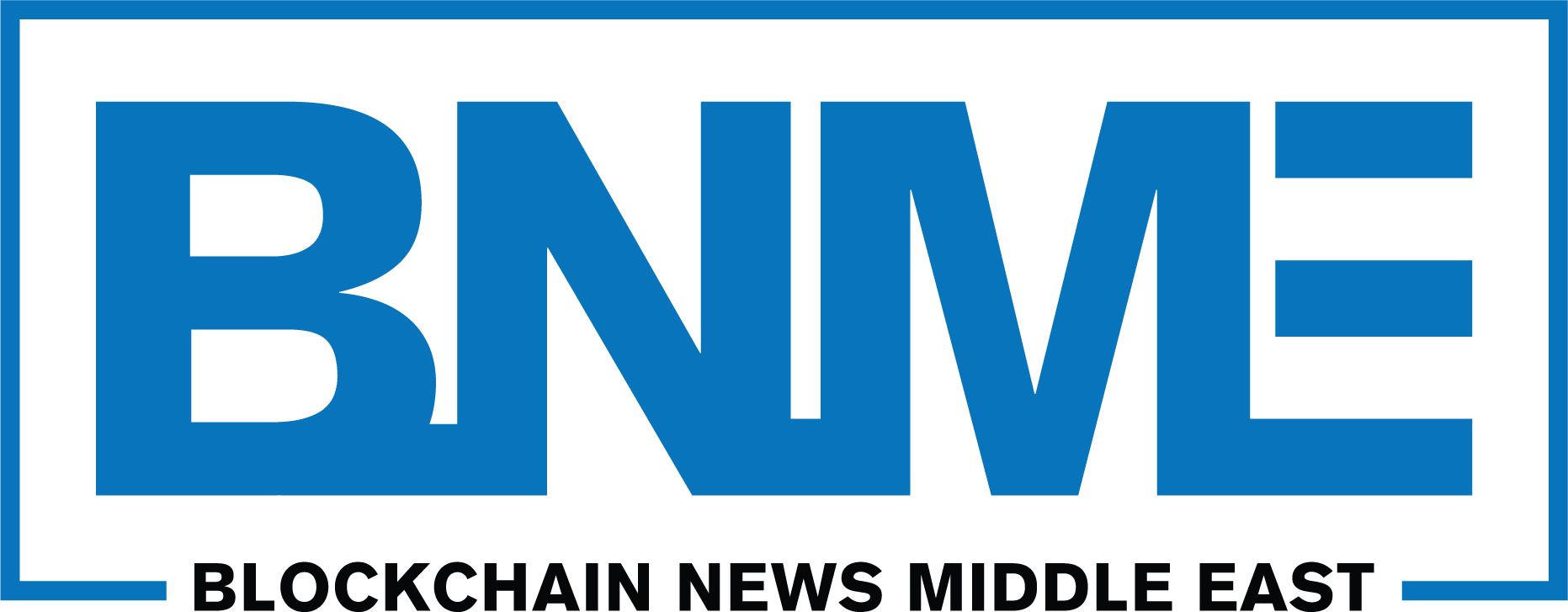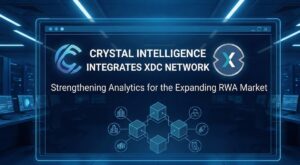The CEO and co-founder of Solana Labs, Anatoly Yakovenko, has presented a novel idea that has the potential to completely change the blockchain landscape: a meta-blockchain that aggregates data from several chains to expedite data availability.
Yakovenko recently presented his idea for a decentralized system that combines information from multiple blockchain networks, including Solana, Ethereum, and Celestia, into a single, cohesive ordering system in a series of social media posts. His concept is predicated on letting users post data across any chain according to real-time cost efficiency, which enables developers to take use of the most economical data availability option available at any given time.
“There should be a meta blockchain,” Yakovenko wrote. “Post data anywhere—Ethereum, Celestia, Solana—and use a specific rule to merge data from all the chains into a single ordering.”
The concept aims to address one of blockchain’s enduring challenges: the cost of storing large datasets on-chain. While blockchain storage fees have dropped in recent years, they can still be prohibitive for projects requiring massive amounts of data. Yakovenko argued that by decoupling data availability from any single chain and instead utilizing a network-wide approach, the ecosystem could become more cost-efficient and scalable.
“Making data availability cheap allows for making everything else cheap,” he emphasized. “Bandwidth is the irreducible bottleneck.”
The proposed meta-blockchain could also bolster decentralization and resilience by distributing data across multiple blockchains, thereby reducing reliance on a single network. According to Yakovenko, the system could offer a flexible approach where users weigh the trade-off between cost and transaction finality. “Users can pick the fastest finality vs. price. I think a mix would make sense as long as the merge rule is deterministic,” he noted.
To bring this idea into reality, Yakovenko suggested a straightforward technical method: enabling transactions to reference the latest block headers from different data availability (DA) layers. For example, a “MetaTX” posted to Solana could include block information observed from Ethereum and Celestia, thereby integrating multiple sources into one coherent structure.
Blockchain developers and researchers looking into more effective and decentralized data management systems are interested in the meta-blockchain’s ramifications, even though it is still only a theoretical idea at this time. Yakovenko’s idea might set the stage for the next wave of blockchain innovation as the demand for scalable, reasonably priced infrastructure keeps rising.




























